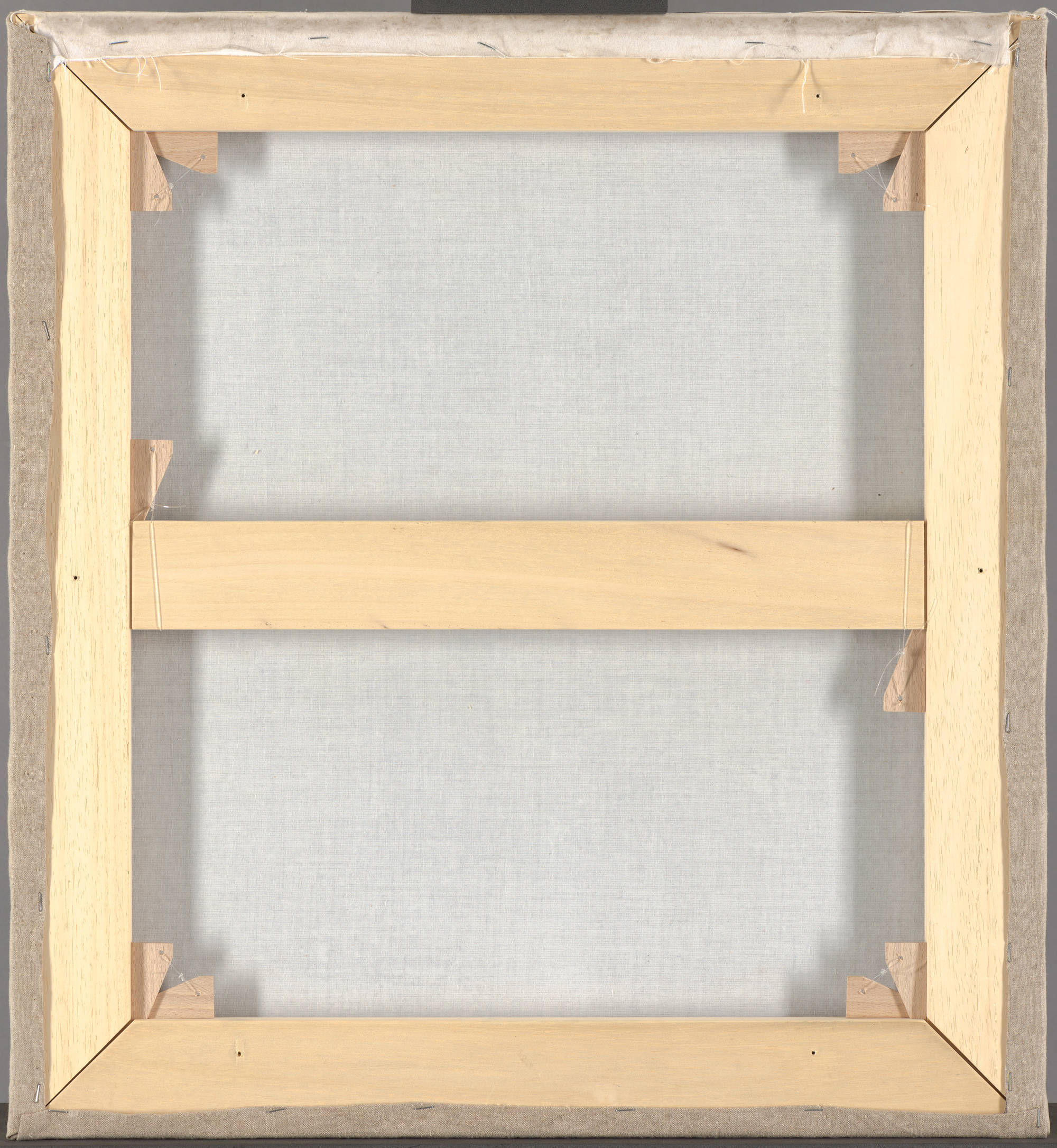No other seventeenth-century Dutch artist portrayed himself as often or in as many different ways as Rembrandt. In every phase of his career, he drew, etched and painted his own likeness. We know some eighty self-portraits by his hand: nearly forty paintings and forty etchings and drawings. In his self-portraits, Rembrandt casts himself in roles as diverse as beggar, soldier, Oriental, Paul the Apostle, contemporary artist and the Greek painter Zeuxis. Apart from the drawings, Rembrandt’s self-portraits were probably all intended for sale. Those who bought his self-portraits had the advantage of acquiring not only the likeness of a famous man, but also an example of his legendary art.
Rembrandt’s self-portraits provide unique testimony to the way his appearance changed over the years, from his youth in Leiden to his death in Amsterdam. His face became more deeply furrowed, his cheeks more sunken, his chin flabbier and his hair greyer. There are no fewer than three known self-portraits dated 1669, the year of his death. This painting from the Mauritshuis is perhaps the last, since he seems slightly older here than in the other two. Artistically, however, Rembrandt demonstrated that he was still full of energy and brimming with inspiration. The painting is unerringly executed in the free, expressive style that is characteristic of his late period.
Costume is a very important aspect of Rembrandt’s self-portraits, in which he seldom wears contemporary formal clothing. We usually see him in historicising dress, the elements of which are borrowed from sixteenth-century fashions. In this way he placed himself outside his own time, as it were. The beret, too, was an article of clothing that was no longer worn in the seventeenth century, yet the impact made by Rembrandt’s self-portraits ensured that this head-covering became a typical article of clothing for artists. In this self-portrait, he wears a cap of a striped material that was then considered typically Oriental and must have given the depiction a somewhat exotic character. An X-radiograph reveals, however, that Rembrandt initially wore a white cap, a linen mansmuts, which in the seventeenth century was worn only at home. Rembrandt probably made a rapid depiction of what he saw in the mirror, before choosing the kind of headgear he would wear in the final self-portrait.
For a long time, the painting in the Mauritshuis was the only self-portrait of Rembrandt known for certain to date from the year of his death. This prompted romantic reflections on the lonely painter, who felt the end nearing. Just how shaky such interpretations can be was shown when the same date, 1669, was discovered on a self-portrait in the National Gallery in London, which had been assigned, until then, a much earlier date. No sign of weariness had ever been detected in that painting.
(this is a reworked version of a text published in: A. van Suchtelen, Dutch Self-Portraits of the Golden Age, The Hague (Mauritshuis) 2015, pp. 102-103)









